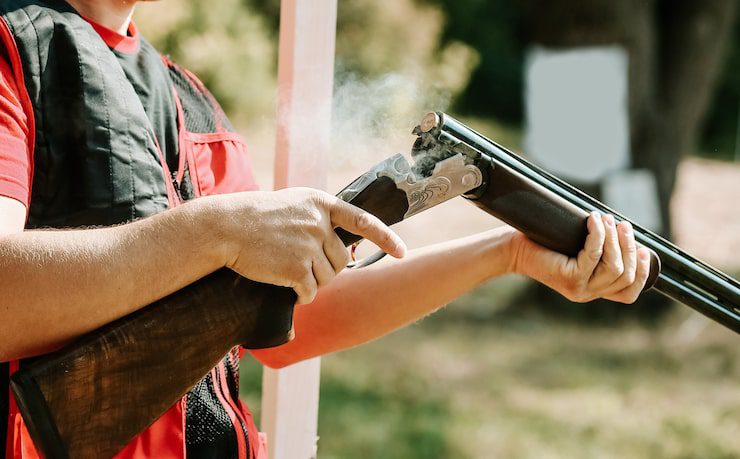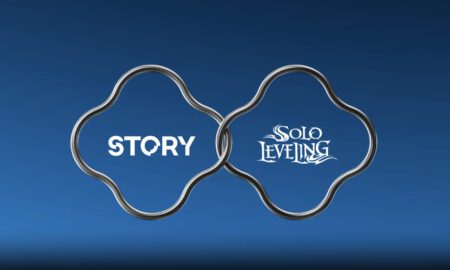When it comes to shotguns, one of the most debated and influential features is barrel length. While the average shooter may focus on brand, action type, or gauge, the length of the barrel plays a crucial role in how the firearm handles, performs, and suits specific purposes. From hunting in the field to defending the home, barrel length can make a surprising difference. Understanding this factor helps shooters make informed decisions about what suits their needs best.
The Basics of Barrel Length
Barrel length in shotguns typically ranges from 18 to 32 inches, though shorter or longer options exist. The length is measured from the breech face (where the shell seats) to the muzzle (the open end of the barrel). Unlike rifles, where barrel length can directly affect bullet velocity due to the combustion of powder, the relationship in shotguns is a little different. Since shotshells burn their powder rapidly, barrel length primarily influences handling, accuracy, and sighting rather than raw power.
Short Barrels: Maneuverability and Speed
Shotguns with shorter barrels—generally in the 18 to 22-inch range—offer quick handling and ease of movement. This makes them an ideal choice for home defense or tactical use, where mobility and speed are more important than long-range accuracy. The compact size allows for faster target acquisition and easier maneuvering in tight spaces, such as hallways or dense brush in the field.
However, shorter barrels often come with trade-offs. The sighting plane is reduced, which can affect accuracy at longer ranges. Additionally, shorter barrels tend to produce louder reports and more noticeable muzzle flash, which can be disorienting in low-light conditions.
Long Barrels: Control and Consistency
On the opposite end of the spectrum, longer barrels—typically 26 to 32 inches—are common in hunting and clay shooting sports. The extended length provides a longer sighting plane, which improves accuracy and consistency when tracking moving targets like birds or clay pigeons. The additional weight at the front of the shotgun also helps reduce felt recoil and muzzle rise, leading to smoother follow-up shots.
That said, the added length can make these shotguns more cumbersome, particularly in wooded areas or when quick maneuverability is necessary. They are best suited for open environments where swinging on a target and maintaining balance are more important than agility.
Mid-Length Barrels: A Balanced Approach
Many shooters prefer barrels in the 24 to 28-inch range because they strike a balance between the benefits of short and long barrels. These lengths offer enough maneuverability for upland bird hunting while providing adequate sighting length for accuracy. For those who want one shotgun that can handle multiple tasks, a mid-length barrel is often the most versatile choice.
Choosing the Right Barrel Length
The most important consideration when deciding on barrel length is purpose. A hunter pursuing waterfowl across wide-open marshes may benefit from a 28-inch barrel, while a homeowner looking for a reliable defensive option would likely prefer the compact handling of an 18-inch barrel. Sport shooters may find that the steadiness of a 32-inch barrel improves their clay shooting scores. In all cases, the decision should be driven by how the shotgun will be used.
Final Thoughts
Barrel length may seem like a small detail, but for shotguns, it makes a significant difference in performance, handling, and practicality. Shooters should match their barrel length to their intended use. By understanding how barrel length impacts performance, anyone considering a new shotgun can select a firearm that complements their style, environment, and needs.





























